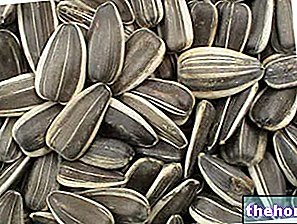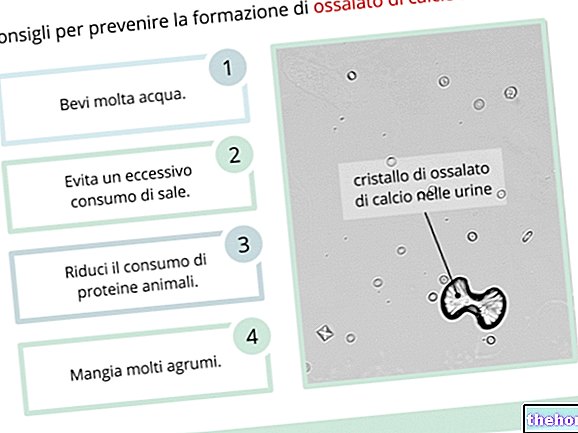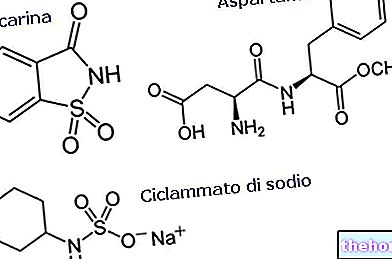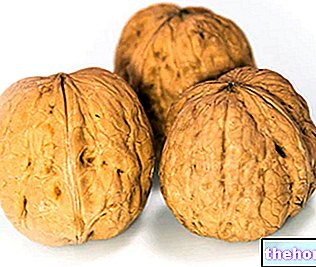What is immunonutrition?
'Immunonutrition or pharmaconutrition is a term that indicates the supplementary administration of specific nutrients capable of modulating the inflammatory response and increasing the immune response of a subject."(Dr. Eliana Siciliano, freelance).

Utility of immunonutrition
Immunonutrition can contribute to a significant reduction in the risks associated with the complications of acute postoperative inflammation. Surgery (in oncology, traumatology, etc.) often determines a HYPERmetabolic - CATABOLIC response responsible for:
- Weight loss
- Reduction in muscle mass and tone
- Impaired immune system
- Slowing down of healing processes
- Difficulty weaning from mechanical breathing (when applied)
- Increased risk of infections
- In the worst case scenario, multiorgan decompensation and increased risk of mortality.
In such cases, the MINIMUM administration of nutrients by the ENTERAL route alone is able to prevent the atrophy of the intestinal villi and the atrophy of the mucosa, to increase the intestinal immune barrier and to reduce bacterial translocation. However, we remind you that ADEQUATE (and not minimal) nutritional support is able to prevent both malnutrition and the various repercussions on the immune system.
Immunonutrition was born on the basis of these assumptions and has the objective of optimizing the organism's own resources.
Molecules of immunonutrient - immunonutrients
In the "immunonutrition, the most useful and used molecules are:
- L-arginine
- L-glutamine (amino acid)
- Omega3 fatty acids (ω3 - essential fatty acid)
- Nucleotides
- Taurine (amino acid)
- Tocopherols (vitamin E)
- Inulin and fructo-oligosaccharides (FOS - water-soluble dietary fiber)
Arginine has a stimulating action on the secretion of some hormones, including somatotropin [GH] and this is particularly valid (and demonstrated) precisely for defied and / or poly-traumatized subjects. It is also a precursor of nitric oxide (NO) and helps to enhance the activation of T lymphocytes and macrophages (white blood cells).
Glutamine, among its numerous functions, constitutes 60-70% of the energy used by enterocytes (intestinal mucosa cells) and has a "primary action on" lymphocyte and macrophage activation. Its administration proves useful in the healing of wounds and in the reduction of hospitalization times.
Taurine is a derived amino acid that contributes to the regulation of the osmotic balance, to the intracellular homeostasis of calcium, to the composition and stabilization of cell membranes, to antioxidant protection, to the regulation of blood sugar, etc. Its administration allows to maintain normal concentrations of platelets, erythrocytes (red blood cells), granulocytes (white blood cells) and lymphocytes.
Ω3 fatty acids are typically anti-inflammatory; they also act on the metabolism of lipids favoring the increase of HDL and the reduction of LDL and triglycerides. They also act positively on the reduction of blood pressure and on the immune response and have no side effects.
The FOS favor the selection of the correct intestinal bacterial flora, reduce the transit time of food, modulate the absorption of glucose and reduce that of cholesterol; not least, they favor the maintenance of intestinal muscle integrity.
Immunonutrition: yes or no?
In conclusion, although the therapeutic effects of immunonutrition have by now been established, there is still little use of this nutritional practice among doctors and within clinical hospital structures. Obviously, immunonutrition also has very specific limits:
- It is possible to gain a significant advantage as long as basic nutritional needs are met first
- It is not advisable to administer immunonutrients indiscriminately and each case should have a separate formulation.
These are secondary aspects and can be easily managed through the intervention of a specialized professional, the latter being an indispensable figure in clinical nutrition and an integral part of medical therapy.
Bibliography:
- Journal of the national association of dieticians (ANDID) - 21st year, sixth issue, bimonthly period 6th bimester 2011 - page 25:28.









.jpg)


















